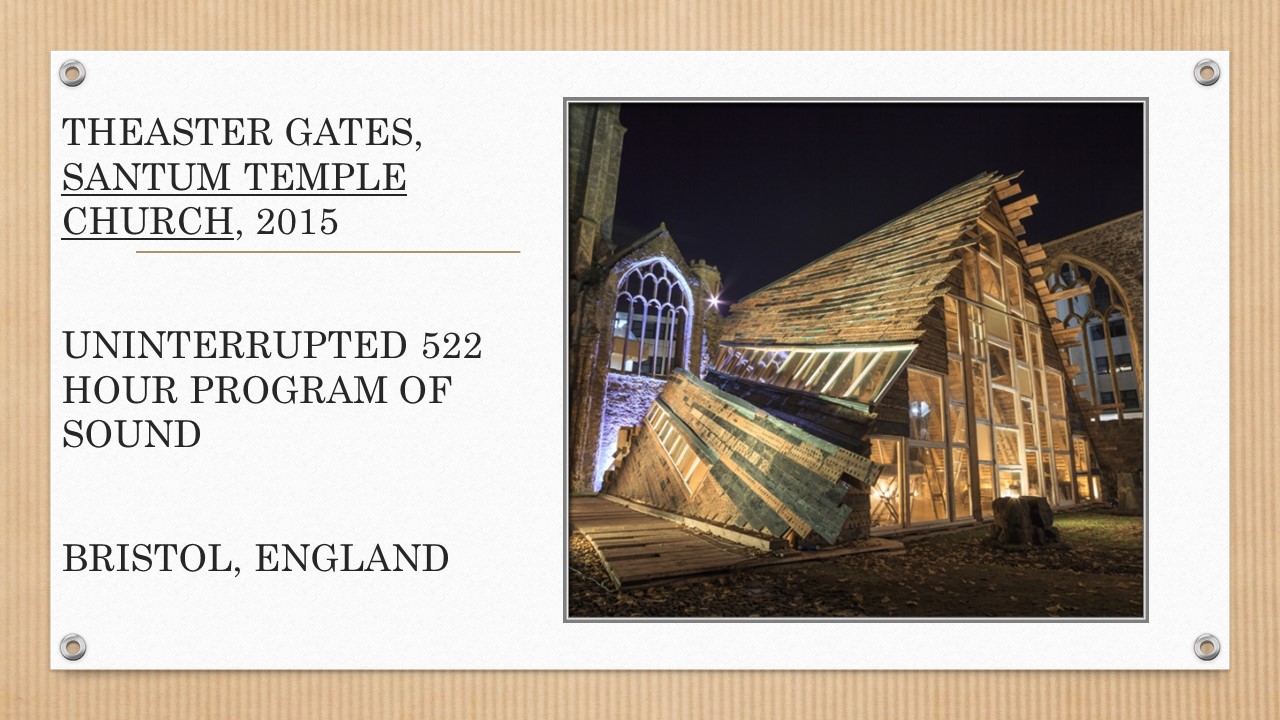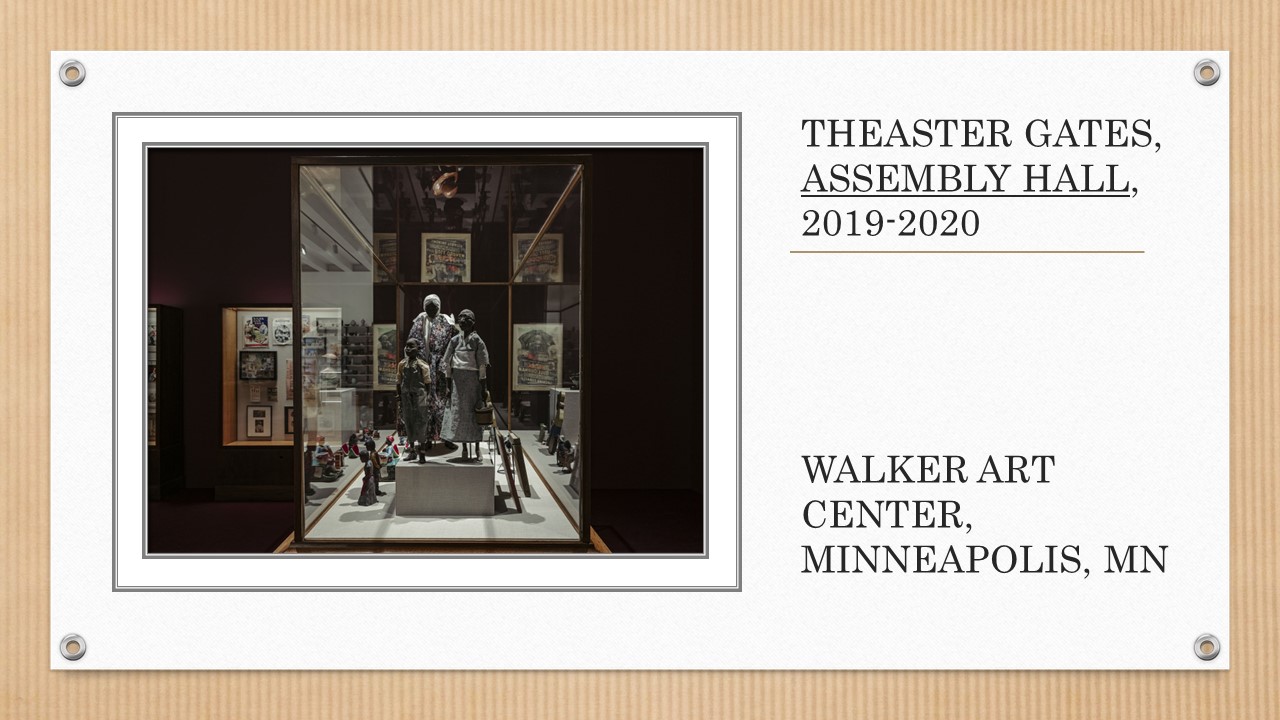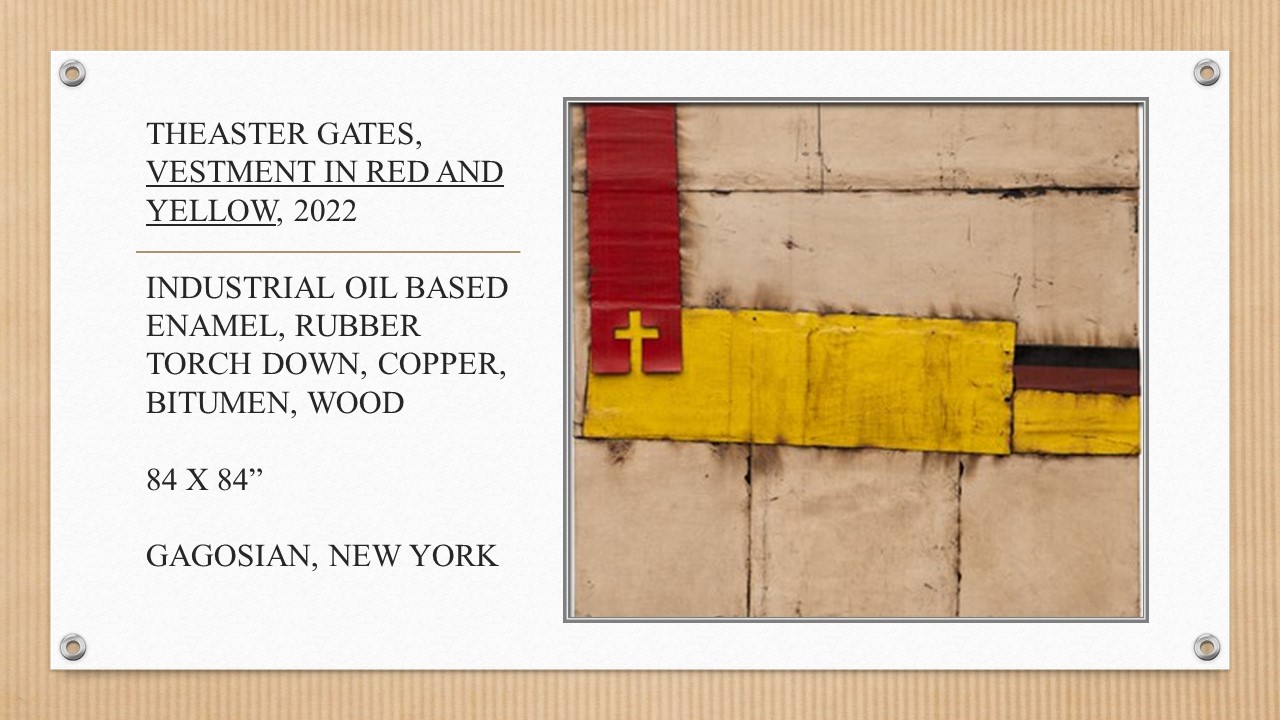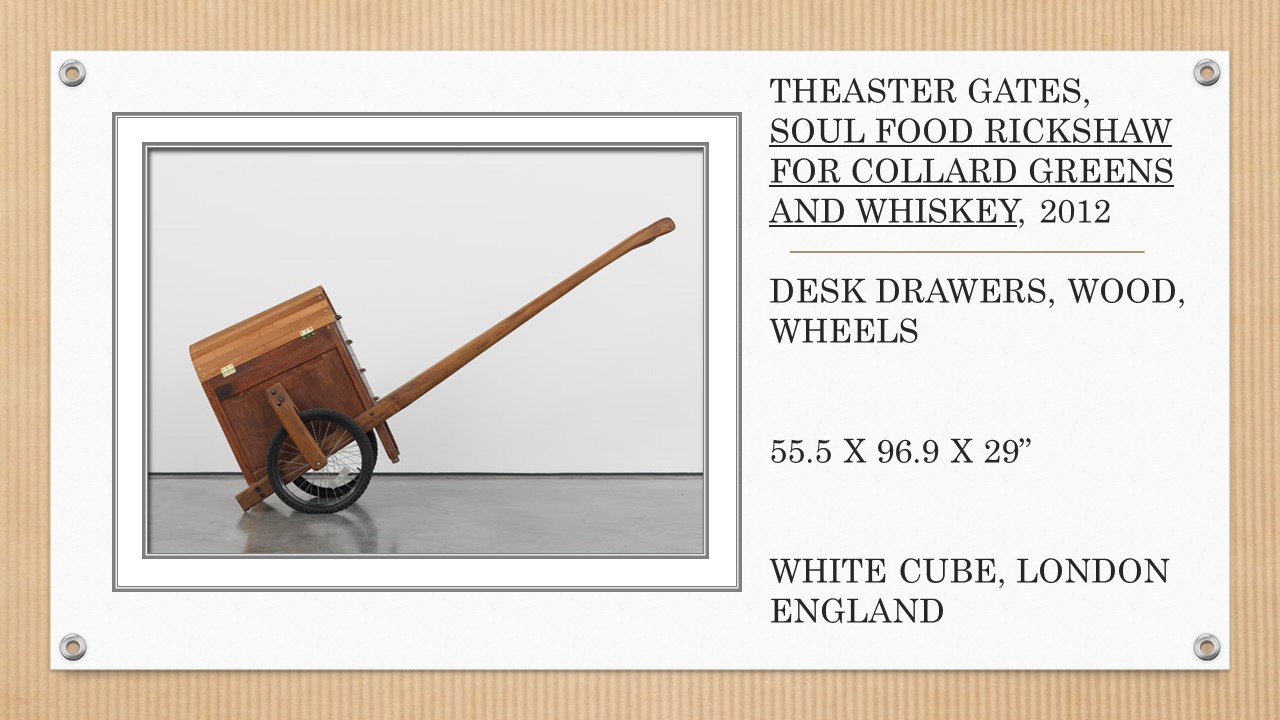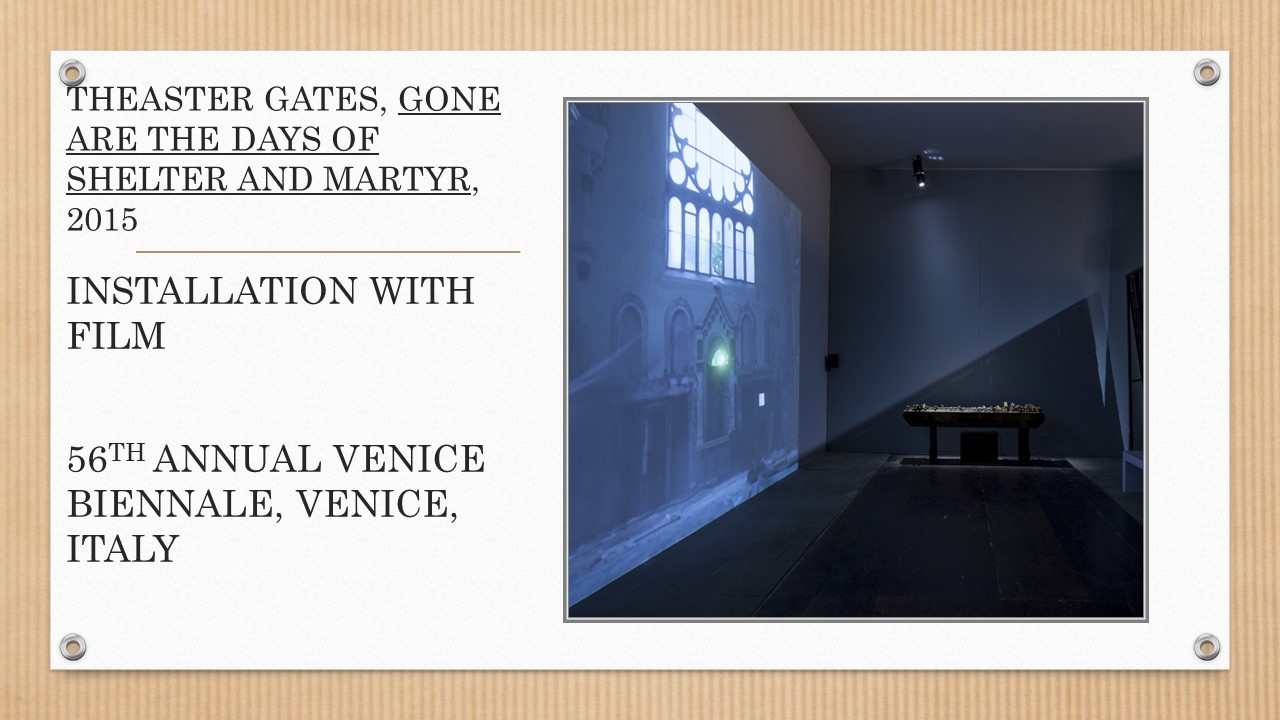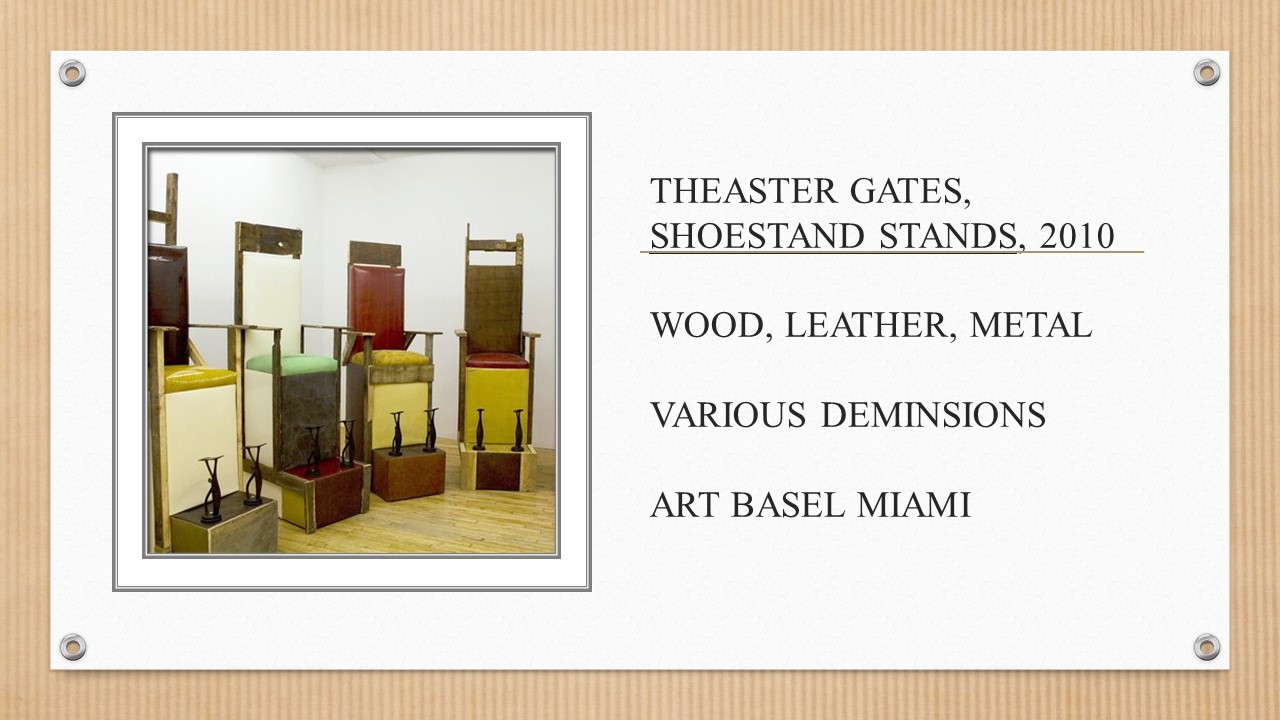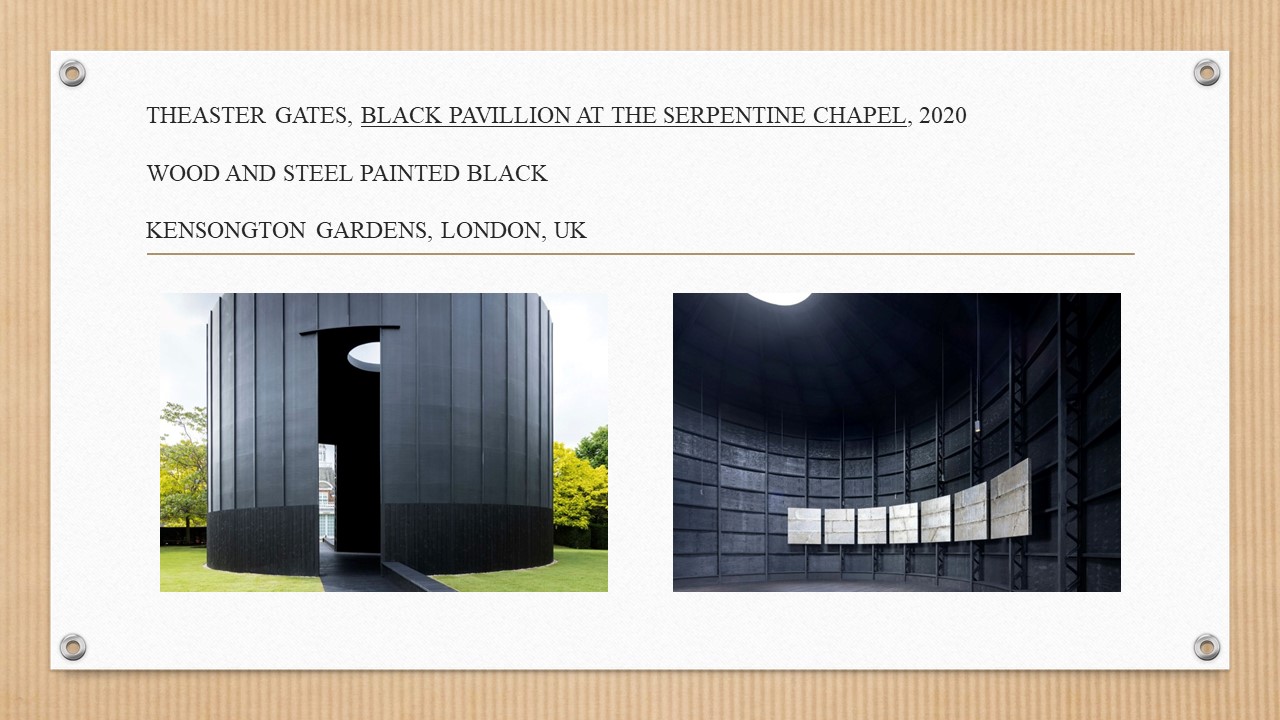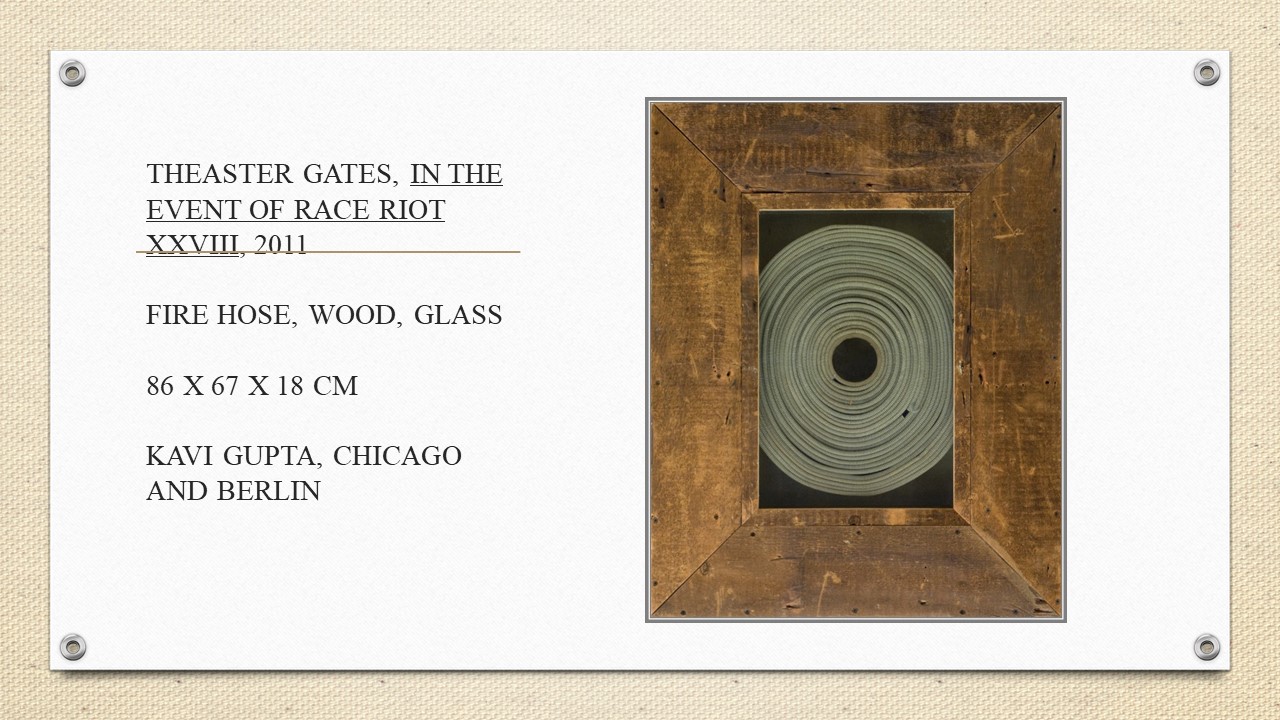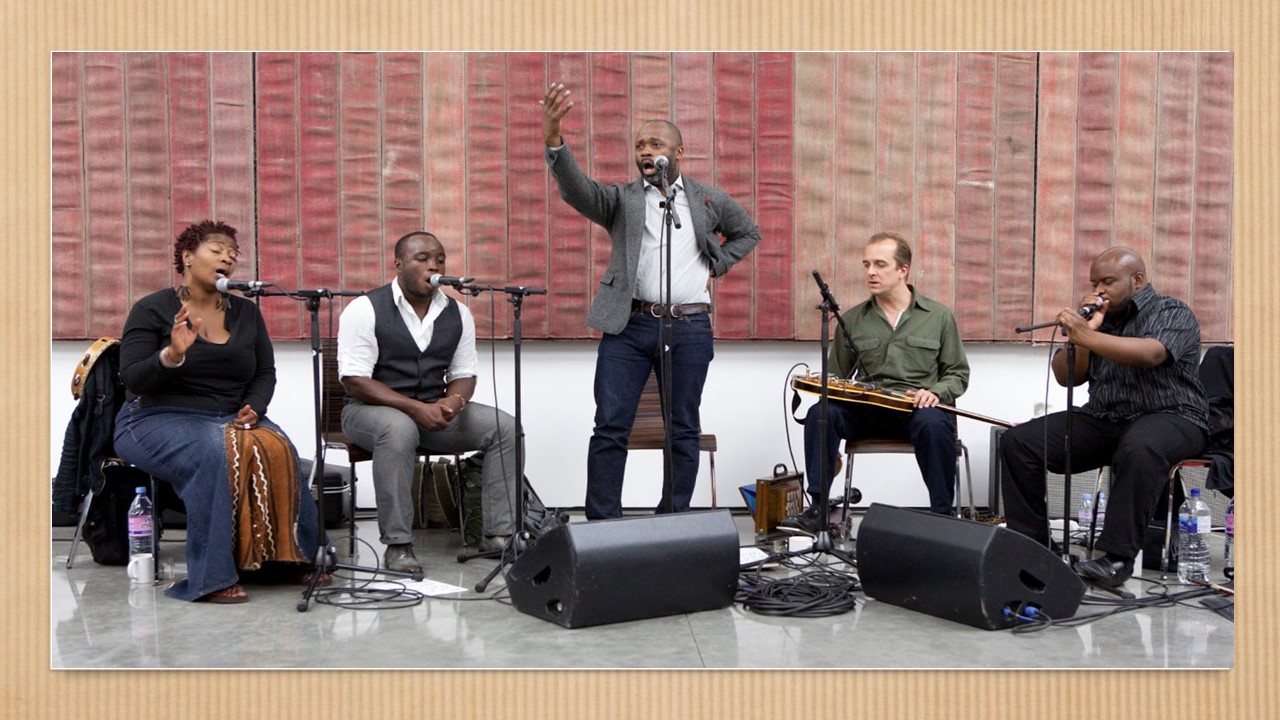Theaster Gates
Art in the Twenty-first Century describes Gates this way: “Polymath Theaster Gates causes the differences between art and life to disintegrate. As he describes himself, ‘I think I’ve been given the ability to see things. I can see not just the thing in front of me, but the potential inside the thing. The world is ripe for a making, for a remaking, for a reshaping. Art can help us reimagine that the world that we live in is really just today’s condition.’” He doesn’t fit in any category and no one’s box. His transdisciplinary artwork includes pottery, music, performance, installation art, sculpture, public art, social practice, and archival art. Gates touches on the disciplines of urban planning, architecture, cultural sociology, economics, and black history. He is an impresario, a provocateur, and a change agent erasing the line between art and activism.
Gates began as a potter, which taught him to produce great things out of the earth under his feet. He built his first studio in the Grand Crossing District, a blighted neighborhood filled with abandoned buildings on the south side of Chicago. This district became part of his practice, “The Dorchester Project”. He knew how to transform this area. It would have to be through monetary and cultural progress, place-making, and alternative entrepreneurship. He realized he would need to collaborate with artists, architects, developers, educators, and community activists.
Since then, Gates created the Rebuild Foundation, part of a network of sister organizations that extend his practices throughout the Southside of Chicago and beyond. The Chicago Arts and Industry Commons is a three-year national enterprise to reverse social and economic fragmentation by revitalizing public spaces and by connecting diverse creatives. Dorchester Industries is a manufacturing platform. They upcycle materials to create furniture and objects while they train employees to pursue careers in the building and creative industries. The Dorchester Art and Housing Collaborative (DAHC) is a thirty-two-unit affordable housing project for artists’ live/workspaces, which includes a theater space for the community.
Through the sale of his artworks, Gates financed his projects. In 2010, Shoeshine Stands were taken to Art Basel Miami to introduce him to the international art collecting world there. Performing as a shoe shiner, Gates interacted with the collectors, crowds gathered, and his work sold out. As part of the same “Pre-civil Rights Series”, Rickshaw presented the vehicle, both literally and metaphorically, for carrying a heavy load. He used salvaged refurbished materials from his properties to create most artworks, including both rickshaw and shoeshine stands. They represented lives where nothing went to waste, and no material was too humble to be reused. He embedded the art with the history of black laborers whose pride in their work paired with their social subordination. As Gates added, “I think artists can provide ways for history to be reimagined, to be participatory and be made beautiful and maybe even important and relevant in new ways.” The artists in this live-work community learned new skills and provided the labor for many projects in exchange for rent. There is room to count on each other built into this system with different exchanges and resources.
My favorite definition of artist is Gate’s. He describes the concept this way: “I actually think that the word artist has been too small for too long. That in the past there may have been moments where the term meant a tremendous amount. It meant that a person could have any number of skills, including a deep knowledge of the sciences, of religion, of the physical body, of philosophy, and poetry, of music; and that it all kind of landed in the word artist. I’m just trying to fill the word up again so that it means more. There is no doubt in my mind that art has the capacity to do things that other forms of transformation cannot do. Art makes a difference. “
More about Theaster Gates is available at Brilliant Ideas and Art 21.
Learn more about Gates on his own website. His works can be seen at the following galleries: Gagosian, White Cube and Richard Gray Gallery.
PLEASE SEE PORTFOLIO BELOW







